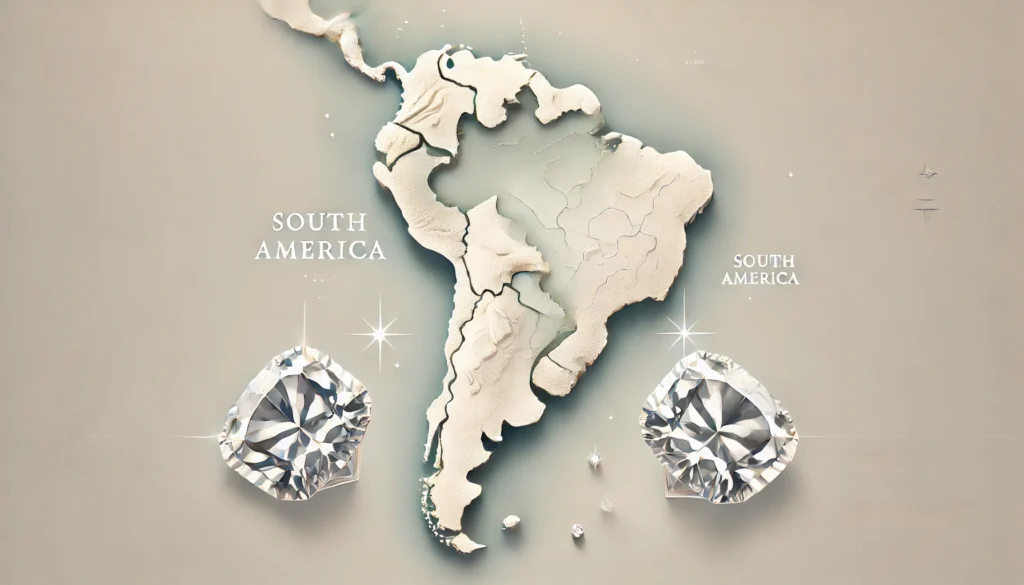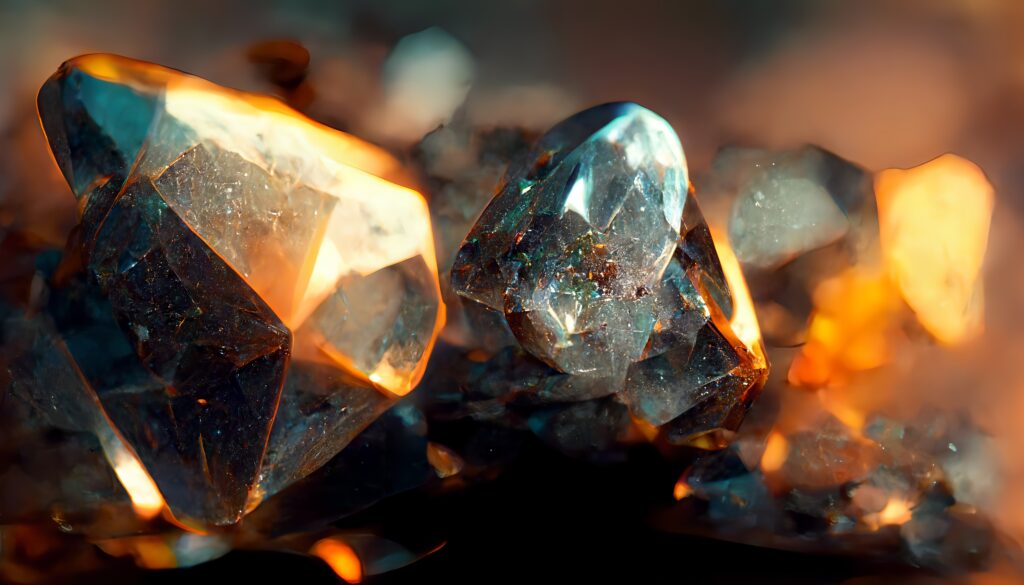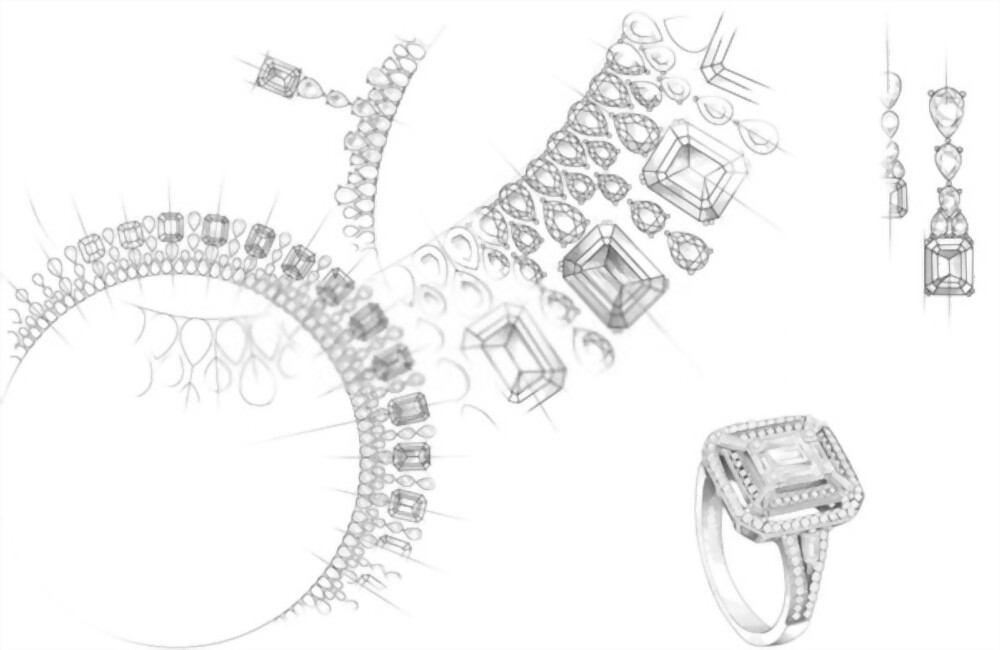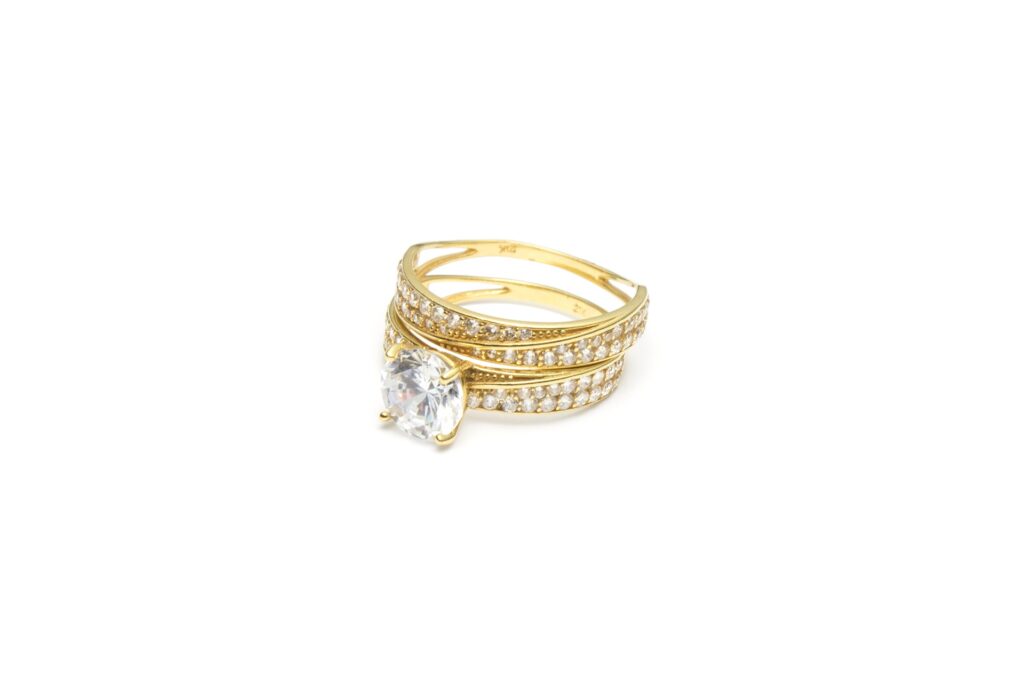
Diamonds are found worldwide, from caves to rivers, from Asia to Africa, but many seem to forget the tropical diamonds found in South America. They may not be among the largest producers of diamonds globally, but they were undoubtedly among the first to start finding them. Brazil, Guyana, Venezuela, and Suriname are the main powerhouses of the continent, having discovered many rare diamonds throughout history, often in large quantities.
To clarify, there are two different types of diamonds found in South America: alluvial diamonds and kimberlite diamonds. Alluvial diamonds are diamonds that have been removed from their natural place of creation and deposited into riverbeds, ocean floors, and shorelines. Kimberlite diamonds are found in their natural origin place, in igneous rocks beneath the surface. The name “kimberlite diamond” originates from the town of Kimberley in South Africa, where the Star of South Africa diamond was found, sparking a diamond rush that led to focused diamond excavation in the 1700s.
The Star of the South, the most famous and expensive diamond found in Brazil, weighed 254.5 carats and had a light pinkish-brown color, later being cut down to 128.48 carats. The diamond has been bought and passed around by many people, including royal families and companies like Cartier, with prices ranging from $3,000 to $30,000, and even reaching $10,000,000 as part of a royal collection.
Moreover, Brazil was the first Western country to produce diamonds from washing alluvial deposits found in Minas Gerais. For a century, Brazil remained the greatest diamond producer, only to be surpassed later by the South African mine in Kimberley. The alluvial diamonds were found in the Jequitinhonha River (Diamantina) and at Fazenda Camargo (Mato Grosso). Kimberlite diamonds were first discovered in the late 1960s in the Coromandel area in Minas Gerais and later in Goiás, Mato Grosso, Rondônia, and Piauí states.
Finally, Guyana is also a small but well-known producer of diamonds, finding them in the country’s Hilly Sand and Clay belt. Diamond production makes up 20% of the country’s income and resources. The diamonds found there are not usually large in carat size, but they do have a variety of colors and shapes.









